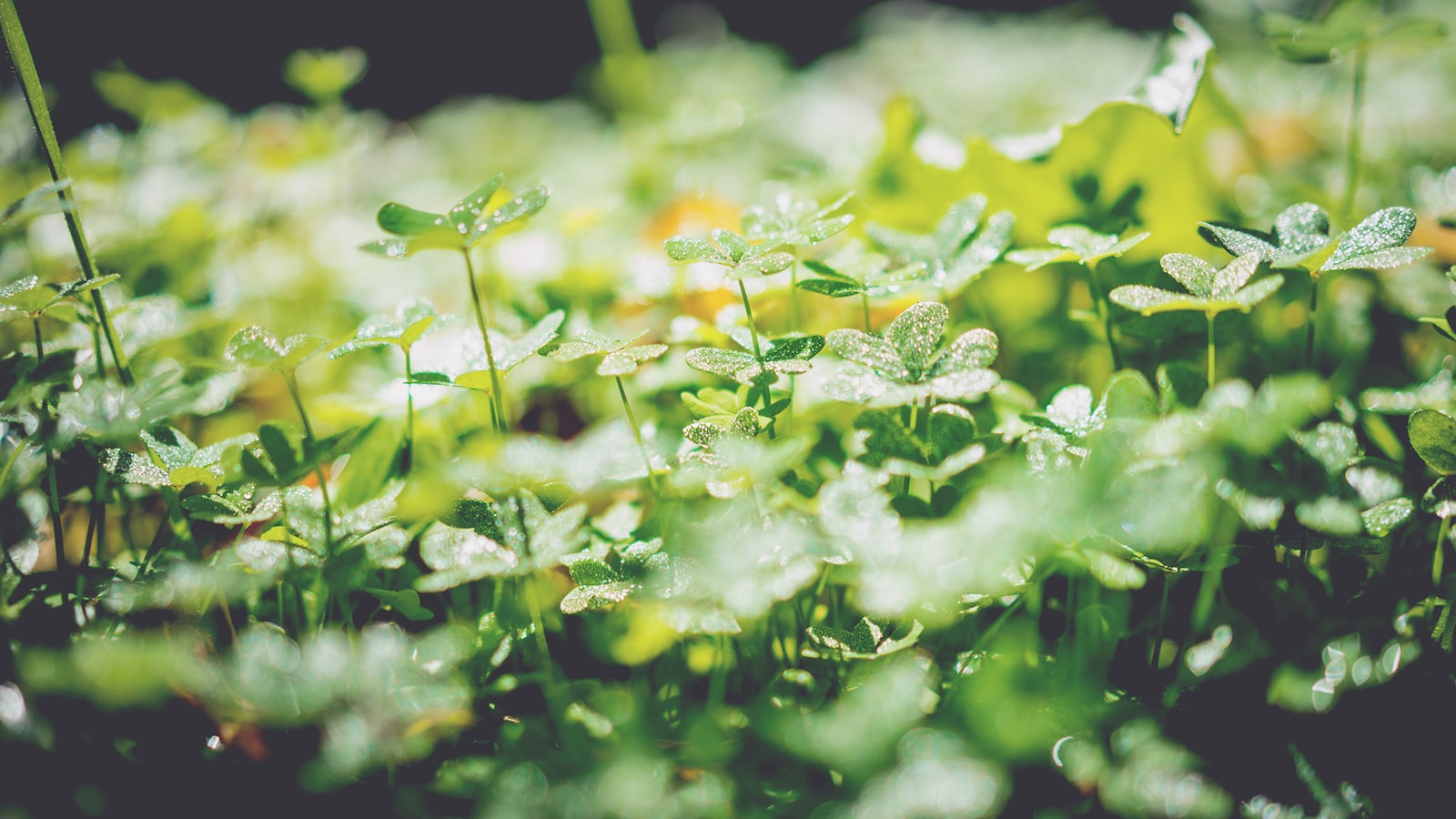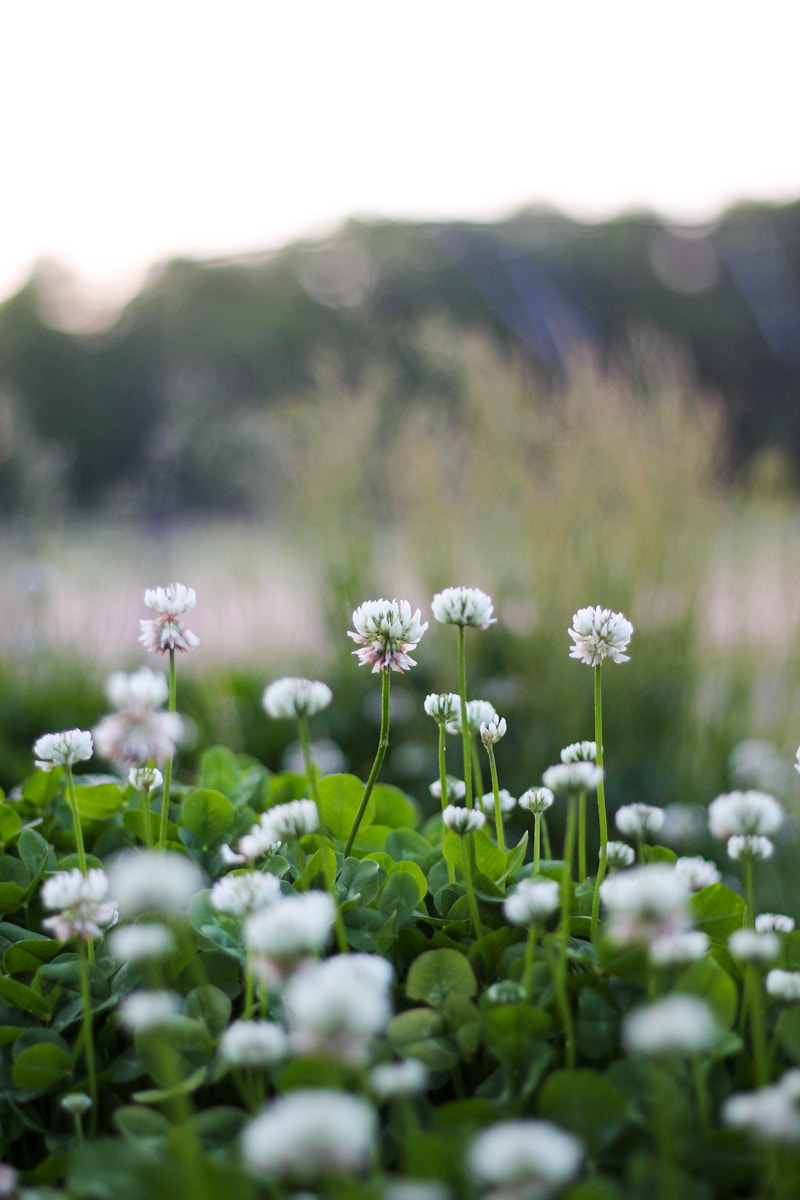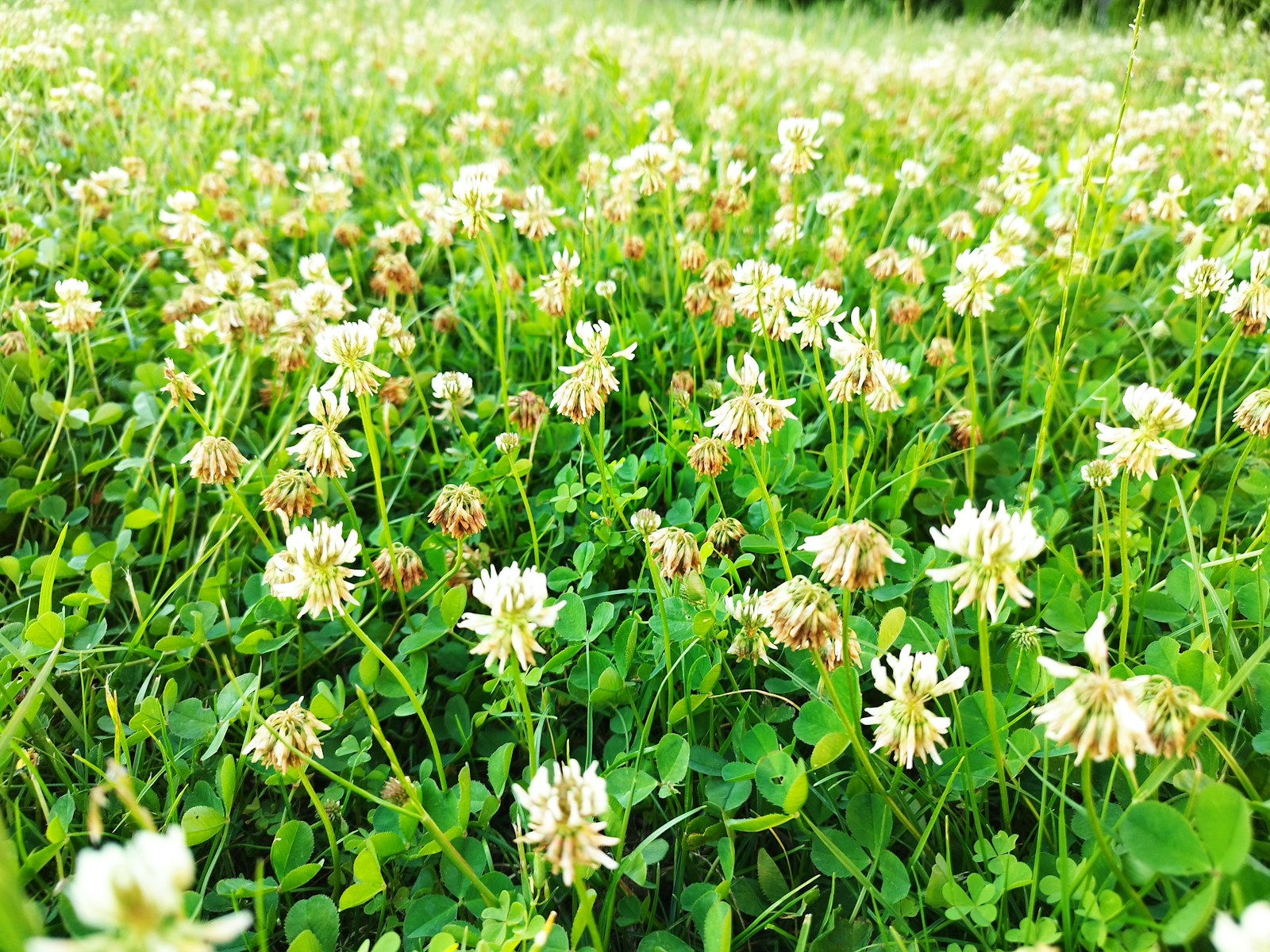When it comes to beautifying your landscape, rock retaining walls provide structure, prevent erosion, and create stunning visual interest. Pairing these walls with well-chosen perennials can elevate your outdoor space by adding color, texture, and greenery year after year. But what are the best perennials to plant along rock retaining walls? Let’s explore top recommendations, planting tips, and expert advice to help you create a vibrant, thriving garden.
Why Choose Perennials for Rock Retaining Walls?
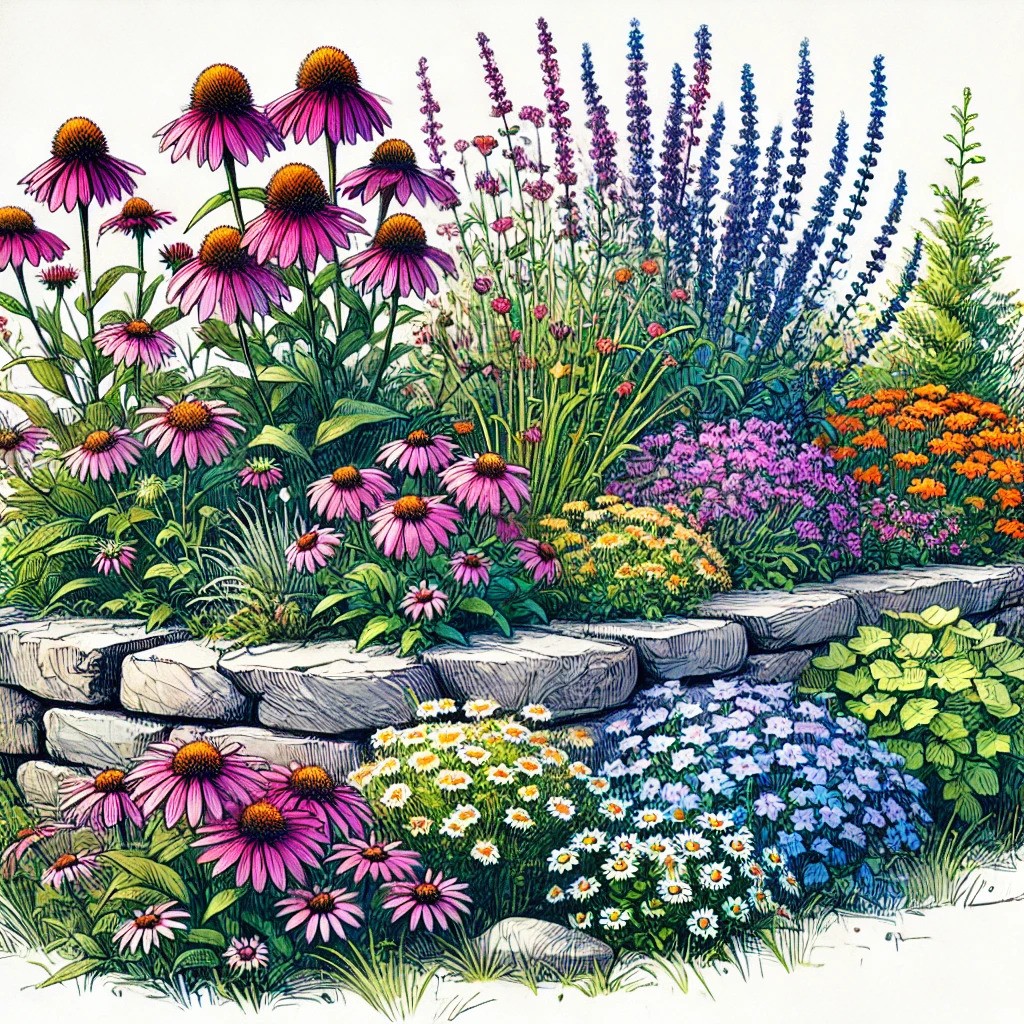
Perennials are a perfect choice for rock retaining walls because they come back year after year, offering longevity and reduced maintenance compared to annuals. Their root systems help stabilize the soil, which can prevent erosion around the wall. Plus, perennials thrive in various microclimates created by the wall’s structure, making them adaptable and resilient.
What to Consider When Choosing Perennials
Before selecting your perennials, keep these factors in mind:
- Sunlight Exposure: Evaluate whether your retaining wall is in full sun, partial shade, or full shade.
- Soil Type and Drainage: Ensure the soil has good drainage, as rock walls often create well-drained environments.
- Climate Zone: Choose perennials suited to your USDA hardiness zone.
- Maintenance Requirements: Opt for low-maintenance varieties if you prefer a hands-off approach.
- Aesthetic Goals: Consider bloom color, foliage texture, and height when designing your planting scheme.
Best Perennials for Rock Retaining Walls
1. Creeping Thyme (Thymus serpyllum)

- Sunlight: Full sun
- USDA Hardiness Zones: 4-9
- Why It’s Great: This low-growing ground cover cascades beautifully over rocks, producing tiny, fragrant purple flowers in summer.
- Pro Tip: Use creeping thyme between wall crevices to soften the hard lines of the rocks.
2. Sedum (Stonecrop)

- Sunlight: Full sun
- USDA Hardiness Zones: 3-10
- Why It’s Great: Sedum varieties are drought-tolerant and thrive in rocky, well-drained conditions. They come in various colors and heights.
- Pro Tip: Mix upright varieties with trailing ones for a dynamic look.
3. Hostas (Hosta spp.)

- Sunlight: Partial to full shade
- USDA Hardiness Zones: 3-9
- Why It’s Great: Hostas are known for their lush, textured foliage that adds depth to shaded retaining walls.
- Pro Tip: Plant hostas at the base of the wall for a dramatic, leafy backdrop.
4. Daylilies (Hemerocallis)

- Sunlight: Full sun to partial shade
- USDA Hardiness Zones: 3-10
- Why It’s Great: With their vibrant, trumpet-shaped flowers, daylilies provide long-lasting color.
- Pro Tip: Plant in clusters for a bold visual impact.
5. Black-Eyed Susan (Rudbeckia hirta)

- Sunlight: Full sun
- USDA Hardiness Zones: 3-9
- Why It’s Great: These cheerful, golden blooms attract pollinators and thrive in sunny, well-drained spots.
- Pro Tip: Deadhead spent flowers to encourage continuous blooming.
6. Lavender (Lavandula spp.)

- Sunlight: Full sun
- USDA Hardiness Zones: 5-9
- Why It’s Great: Lavender’s fragrant, purple blooms add elegance and attract pollinators.
- Pro Tip: Plant lavender at the top of the wall to ensure proper drainage and airflow.
7. Coral Bells (Heuchera spp.)
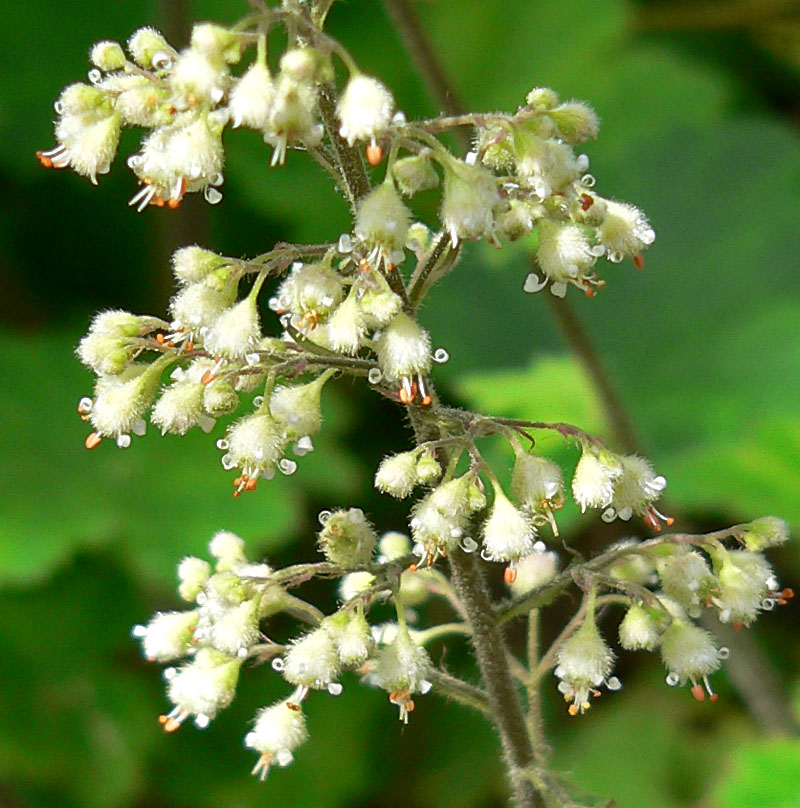
- Sunlight: Partial shade to full shade
- USDA Hardiness Zones: 4-9
- Why It’s Great: Coral bells offer vibrant foliage in shades of green, red, and purple.
- Pro Tip: Use them as border plants to frame your retaining wall.
8. Ice Plant (Delosperma spp.)

- Sunlight: Full sun
- USDA Hardiness Zones: 5-9
- Why It’s Great: This drought-tolerant succulent produces dazzling, daisy-like blooms.
- Pro Tip: Ideal for dry, rocky conditions, ice plants can spill beautifully over the wall’s edge.
9. Phlox Subulata (Creeping Phlox)
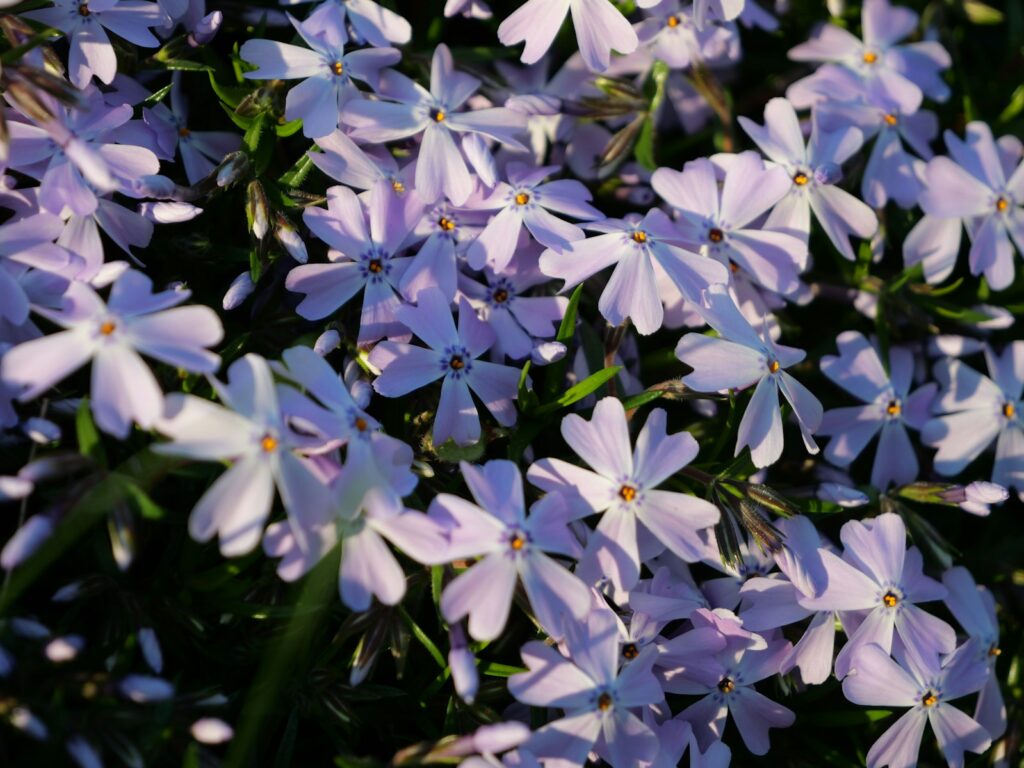
- Sunlight: Full sun to partial shade
- USDA Hardiness Zones: 3-9
- Why It’s Great: This ground cover creates a carpet of colorful blooms in spring.
- Pro Tip: Plant phlox on slopes or crevices for a cascading effect.
10. Yarrow (Achillea millefolium)

- Sunlight: Full sun
- USDA Hardiness Zones: 3-9
- Why It’s Great: Yarrow’s clusters of flowers attract butterflies and thrive in dry, sunny conditions.
- Pro Tip: Trim back after flowering to maintain a tidy appearance.
How to Plant Perennials Along a Rock Retaining Wall
- Prepare the Soil: Test the soil for pH and nutrient levels. Add compost if needed.
- Choose the Right Locations: Group perennials based on sunlight and water requirements.
- Planting: Dig holes twice as wide as the root ball. Place plants at the same depth they were in their pots.
- Mulch: Add a layer of mulch to retain moisture and suppress weeds.
- Watering: Water thoroughly after planting and monitor soil moisture during establishment.
Layering Perennials for a Stunning Garden Design
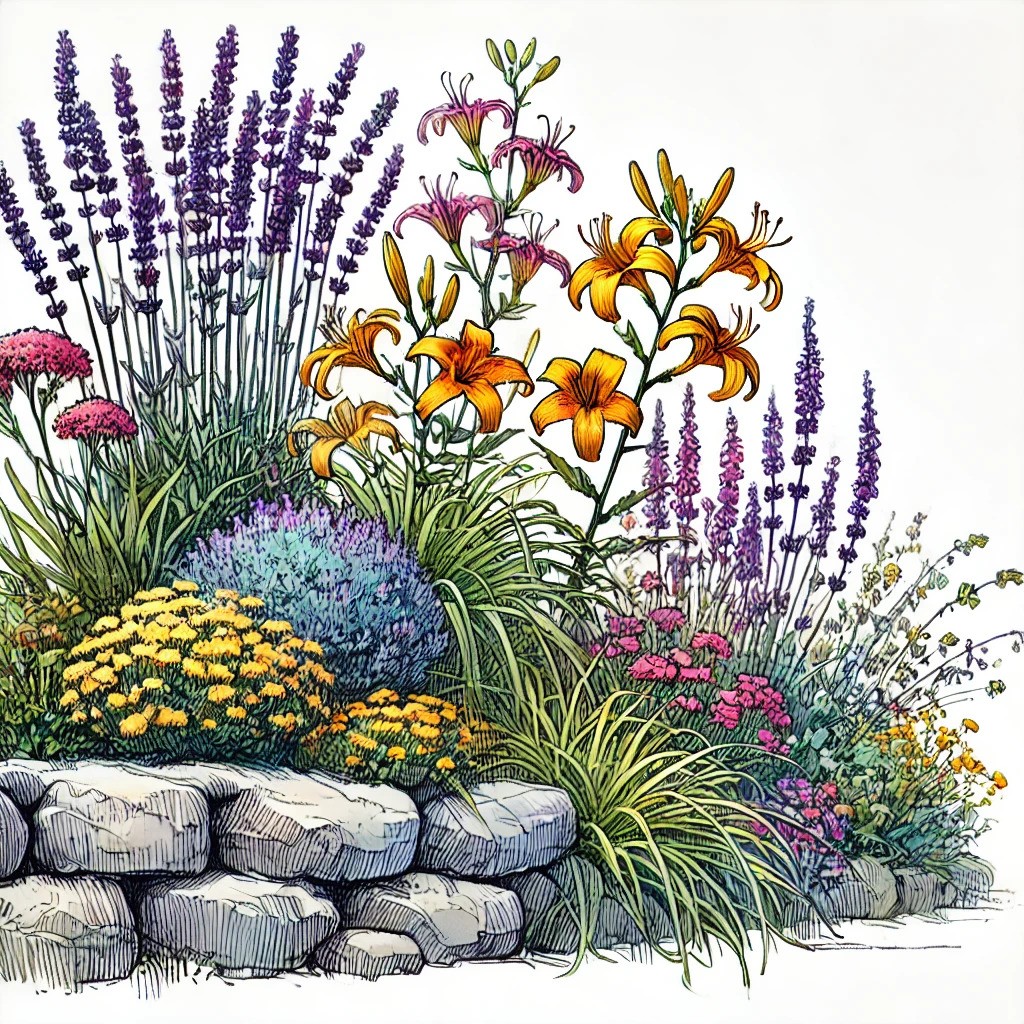
Creating a layered planting design along your rock retaining wall adds depth and dimension to the space. Here’s an example of how to strategically place perennials for a visually appealing and thriving garden:
Top Layer (Height and Structure)
- Lavender: Plant at the top of the retaining wall for a beautiful and fragrant backdrop.
- Yarrow: Its tall, airy blooms will create a lovely vertical element.
Middle Layer (Color and Texture)
- Daylilies: Add vibrant, trumpet-shaped flowers to the middle section for seasonal color.
- Black-Eyed Susan: Pair these cheerful blooms with daylilies for a burst of warm hues.
Bottom Layer (Ground Cover and Edge Softeners)
- Creeping Thyme: Let this fragrant ground cover spill over the edges for a softening effect.
- Phlox Subulata: Create a carpet of blooms that hugs the rocks and fills in gaps.
Shaded Areas (If Present)
- Hostas: Plant in shaded nooks at the base of the wall for lush, leafy coverage.
- Coral Bells: Use their vibrant foliage to add pops of color in partial shade spots.
Troubleshooting Common Issues
- Poor Drainage: Add sand or organic matter to improve drainage.
- Erosion: Use ground covers like creeping thyme to stabilize soil.
- Pest Problems: Companion plant with pest-repellent species like lavender.
- Overcrowding: Space plants appropriately to ensure proper airflow.
Table: Perennials for Different Sunlight Conditions
| Perennial | Sunlight Requirement | Bloom Season | Key Benefit |
|---|---|---|---|
| Creeping Thyme | Full Sun | Summer | Fragrant ground cover |
| Hostas | Partial to Full Shade | Summer | Lush foliage |
| Lavender | Full Sun | Summer | Fragrant flowers |
| Coral Bells | Partial Shade | Spring/Summer | Colorful foliage |
| Black-Eyed Susan | Full Sun | Summer/Fall | Pollinator-friendly |
Final Thoughts
Enhancing your rock retaining wall with the right perennials can transform your outdoor space into a vibrant, low-maintenance garden. From creeping thyme to coral bells, there’s a perennial for every climate and aesthetic. Remember to consider sunlight, soil conditions, and maintenance preferences when choosing your plants.

